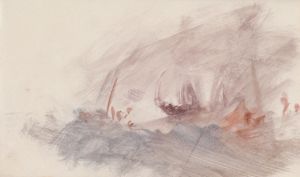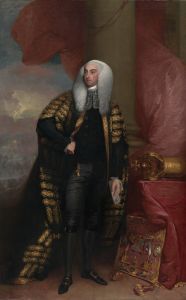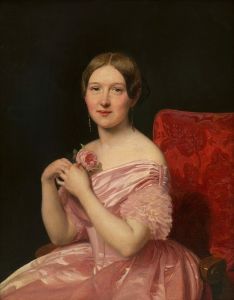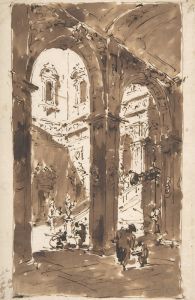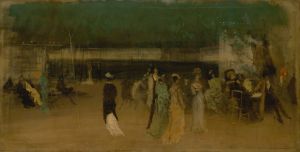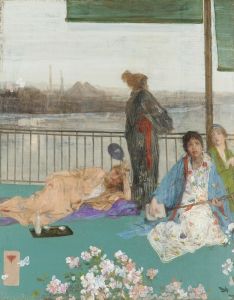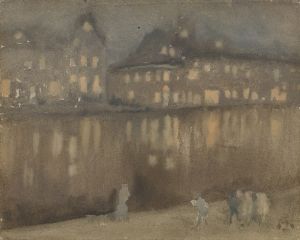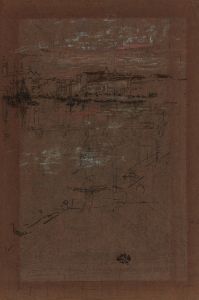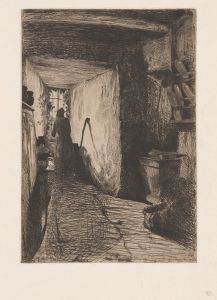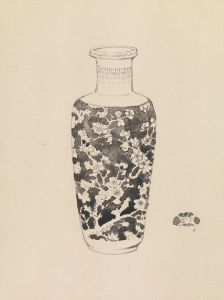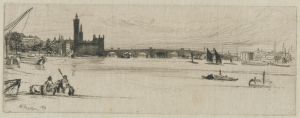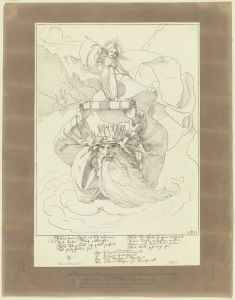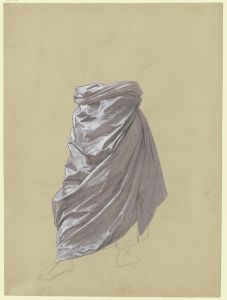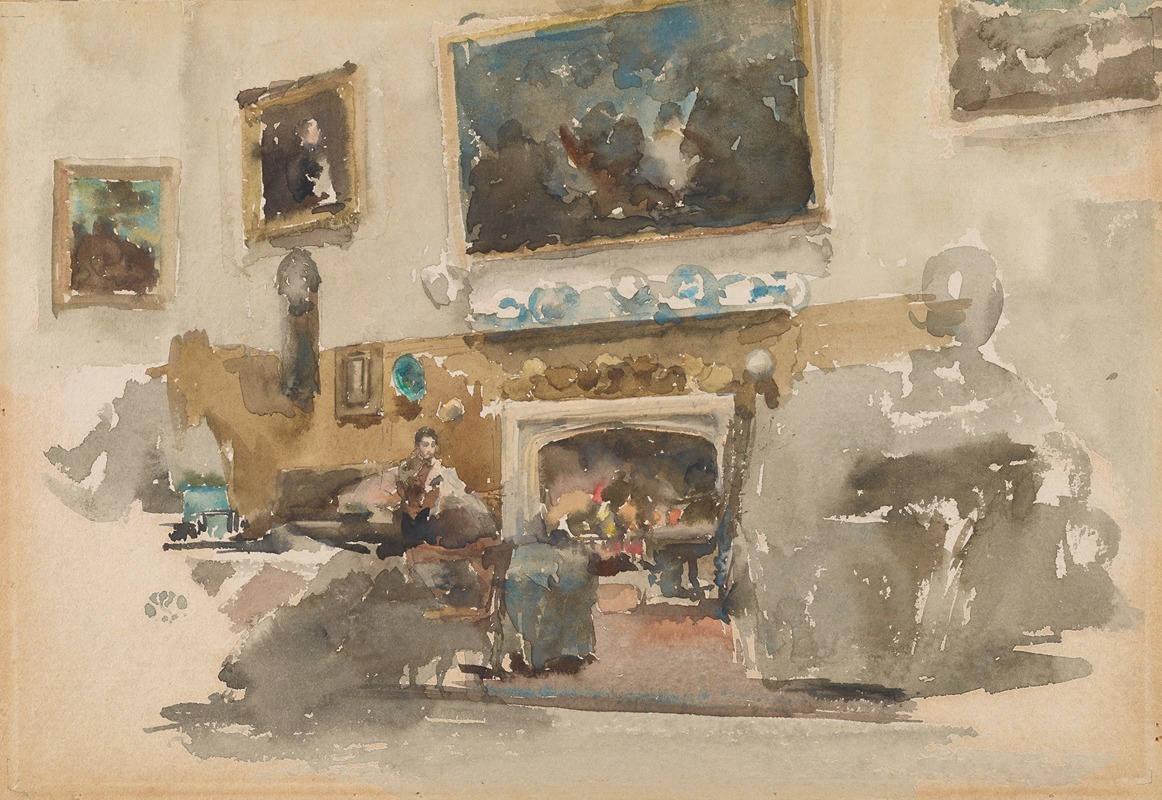
Moreby Hall
A hand-painted replica of James Abbott McNeill Whistler’s masterpiece Moreby Hall, meticulously crafted by professional artists to capture the true essence of the original. Each piece is created with museum-quality canvas and rare mineral pigments, carefully painted by experienced artists with delicate brushstrokes and rich, layered colors to perfectly recreate the texture of the original artwork. Unlike machine-printed reproductions, this hand-painted version brings the painting to life, infused with the artist’s emotions and skill in every stroke. Whether for personal collection or home decoration, it instantly elevates the artistic atmosphere of any space.
James Abbott McNeill Whistler was an American artist known for his significant contributions to the art world during the 19th century. He was a leading figure in the Aesthetic Movement, which emphasized the visual and sensual qualities of art and design over practical, moral, or narrative considerations. Whistler's work is characterized by its innovative use of color and composition, as well as his belief in "art for art's sake."
"Moreby Hall" is one of Whistler's lesser-known works, and there is limited information available about this specific painting. Moreby Hall itself is a historic country house located in North Yorkshire, England. It was designed by the architect Anthony Salvin and completed in the mid-19th century. The hall is an example of the Gothic Revival style, which was popular during that period.
Whistler's connection to Moreby Hall is not extensively documented, and the painting "Moreby Hall" does not have the same level of recognition or scholarly attention as some of his other works, such as "Arrangement in Grey and Black No. 1" (commonly known as "Whistler's Mother") or "Nocturne in Black and Gold: The Falling Rocket." As a result, detailed information about the painting's creation, its current location, or its significance within Whistler's oeuvre is not readily available.
Whistler's artistic style often involved a focus on mood and atmosphere, frequently employing a limited color palette and subtle tonal variations. His works often drew inspiration from various sources, including Japanese art, which influenced his approach to composition and color harmony. Whistler was also known for his innovative use of titles, often referring to his paintings as "arrangements," "symphonies," or "nocturnes," which emphasized the aesthetic and musical qualities of his work.
Despite the lack of specific information about "Moreby Hall," Whistler's broader body of work remains influential in the art world. He was a proponent of the idea that art should be appreciated for its beauty and form rather than its narrative content. This philosophy was reflected in his famous legal battle with art critic John Ruskin, who criticized Whistler's work as lacking substance. Whistler's victory in the lawsuit, although resulting in minimal financial compensation, was a significant moment in the discussion of art criticism and the value of aesthetic experience.
In summary, while "Moreby Hall" by James Abbott McNeill Whistler is not extensively documented, Whistler's overall contribution to art is well-recognized. His emphasis on aesthetic beauty and his innovative approach to painting have left a lasting impact on the art world, influencing generations of artists and shaping the discourse around the purpose and appreciation of art.





